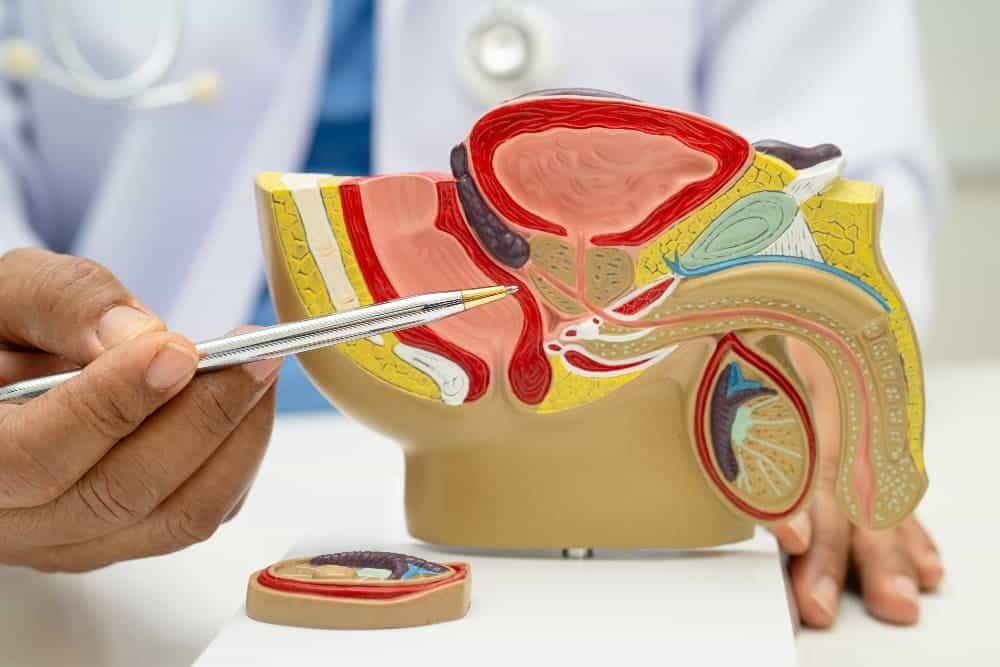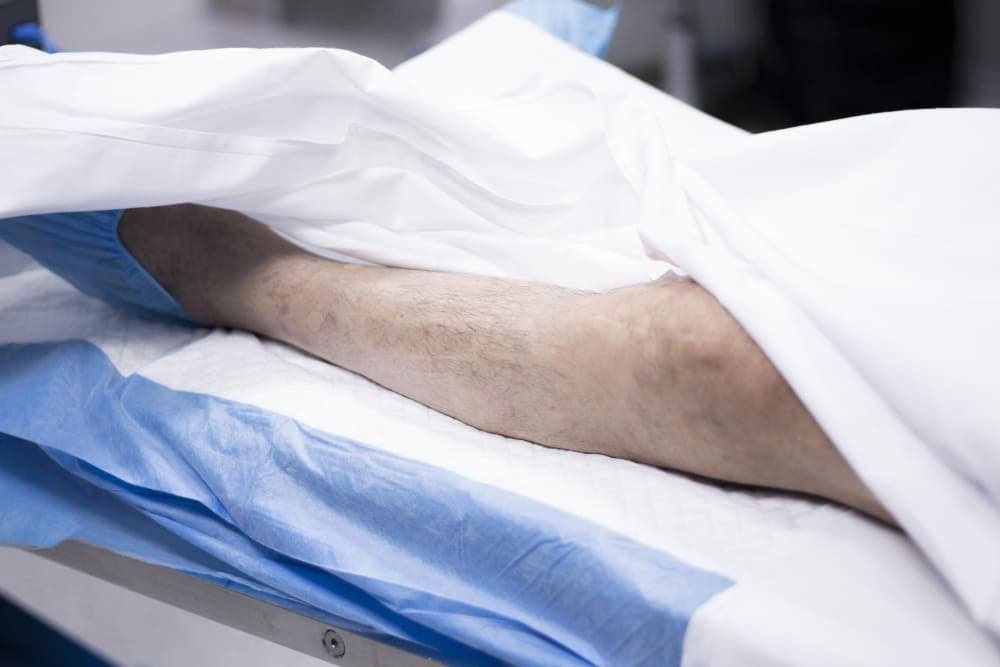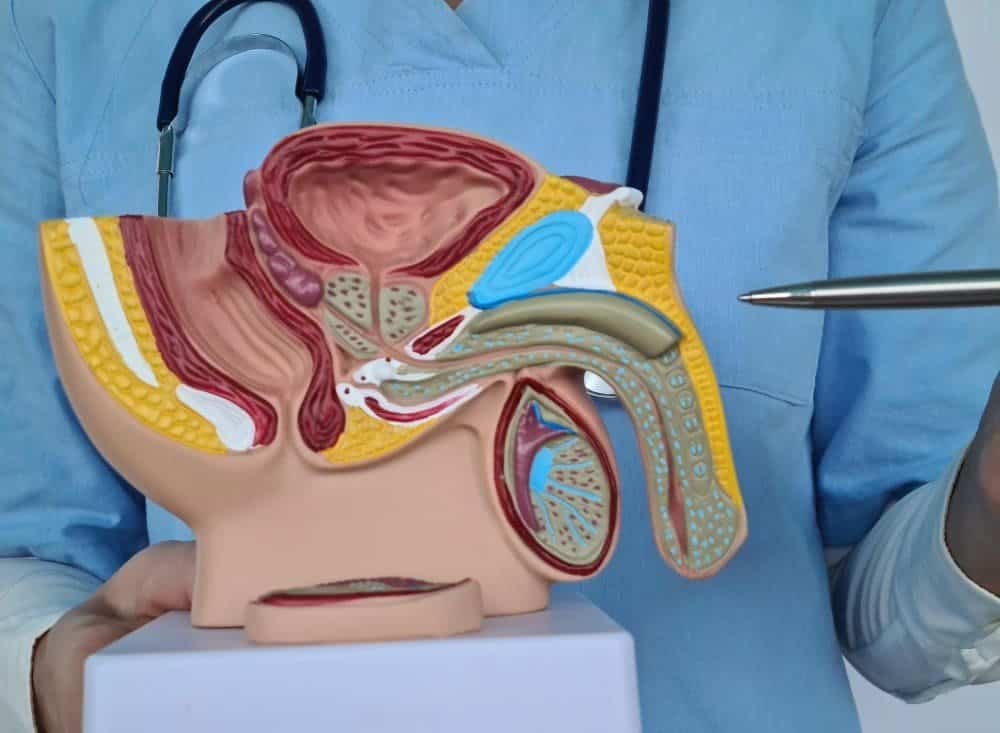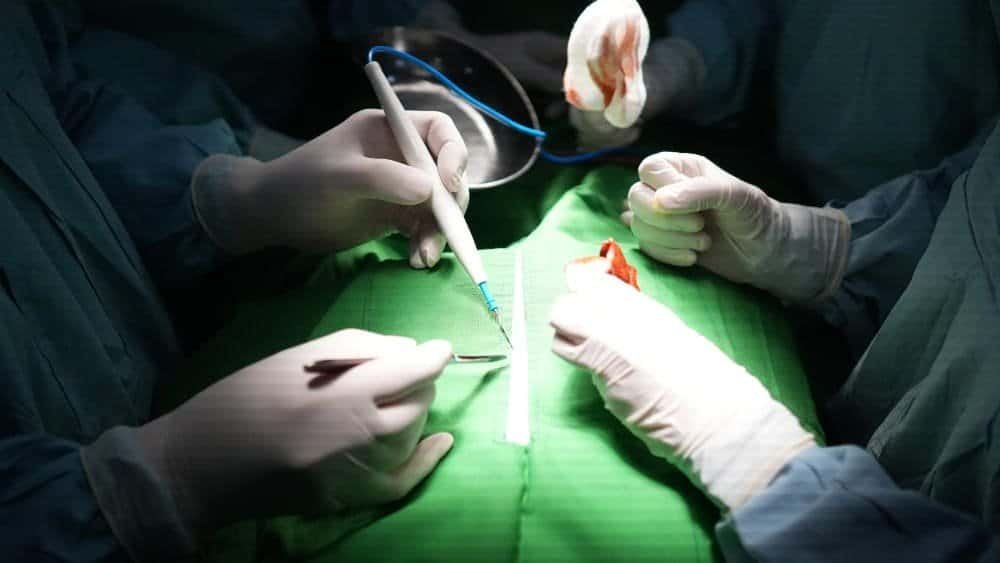After learning about varicocele embolisation, many men discover a modern, minimally invasive procedure that treats enlarged veins in the scrotum effectively — restoring comfort, fertility and confidence.

Understanding Varicocele and Its Impact
A varicocele is an abnormal enlargement of the veins within the scrotum, known as the pampiniform plexus. These veins carry blood away from the testicles, and when they become dilated or enlarged, the blood flow may reverse, leading to venous pressure, swelling, and sometimes pain.
Varicoceles are surprisingly common, affecting up to 15 % of adult males worldwide, and are found in about 40 % of men with infertility. The condition often develops during adolescence and progresses slowly, sometimes unnoticed until symptoms such as heaviness, dull ache, or visible veins appear.
Prevalence of varicocele: most frequent on the left side due to the anatomy of the spermatic vein, though it may occur on both sides.
Causes and Symptoms
Varicoceles occur when the valves inside the veins that regulate blood flow fail. This causes blood to pool instead of circulating efficiently, leading to an enlarged vein network.
Common Symptoms Include
- A dull, aching pain in the scrotum
- Visible or palpable veins resembling varicose veins
- Testicular swelling or one testicle smaller than the other
- A feeling of heaviness or pressure after standing for long periods
- Infertility – due to increased scrotal temperature affecting sperm quality
Not every varicocele requires treatment, but when symptoms, infertility, or testicular shrinkage appear, medical attention becomes essential.
Clinical Examination and Diagnosis
A clinical examination by a doctor or interventional radiologist is the first step.
Typically, diagnosis involves:
- Physical examination – feeling the scrotum while standing or straining.
- Scrotal ultrasound – to visualise dilated veins and assess blood flow.
- Doppler studies – to detect abnormal venous reflux.
Through these methods, the physician can classify varicoceles into grades and determine whether minimally invasive varicocele embolisation is the best approach.
Traditional Surgical Options vs Embolisation
Historically, varicoceles were treated with open surgery or laparoscopic ligation, both of which require incisions and longer recovery.
However, these surgical methods involve general anaesthesia, carry a risk of infection, and may result in recurrence.
In contrast, varicocele embolisation is a minimally invasive procedure performed through a tiny puncture in the groin or neck, avoiding major incisions. It provides comparable success rates with reduced complications and downtime 🙂.
What Is Varicocele Embolisation?
Varicocele embolisation is a specialised interventional radiology procedure that blocks abnormal veins responsible for the varicocele.
It is performed by an interventional radiologist who inserts a small catheter (a thin, flexible tube) into a vein—usually through a percutaneous puncture in the groin.
Using real-time X-ray guidance (fluoroscopy), the radiologist navigates the catheter to the spermatic vein. Once positioned, embolic agents such as coils, liquid embolic materials, or tiny particles are introduced to block abnormal blood flow, redirecting it through healthy veins.
This process is called embolisation, and it shuts down the faulty veins while keeping the rest of the circulation healthy.
Why Choose the Minimally Invasive Approach?
The ultimate goal of varicocele embolisation is to improve blood circulation and preserve fertility without the trauma of open surgery.
Because it is minimally invasive, it:
- Requires only a small skin puncture (no incision).
- Is performed under local anaesthesia with light sedation.
- Takes a short time — usually 30 to 60 minutes.
- Has a faster recovery period and minimal scarring.
The patient typically leaves the clinic the same day as an out-patient procedure.
🌿 Many men return to work or normal activity within 24 to 48 hours.
Preparing for the Procedure
Before the procedure, your doctor will review your medical history, perform a clinical examination, and possibly order blood tests or imaging.
You should:
- Avoid eating for 4–6 hours before the procedure.
- Inform your doctor of any allergies or medications.
- Arrange for someone to drive you home, as mild sedation may make you drowsy.
This preparation ensures a safe and smooth embolisation experience.
Step-by-Step: How Varicocele Embolisation Is Performed

- You lie on an X-ray table.
- A small local anaesthetic is applied to numb the puncture area.
- A tiny catheter is inserted through a vein in the groin or neck.
- Under image-guided fluoroscopy, the radiologist gently navigates the catheter to the affected spermatic vein.
- Contrast dye is injected to visualise abnormal blood flow.
- Embolic coils and/or liquid agents are deployed to block the enlarged veins.
- The catheter is withdrawn, and pressure is applied to achieve hemostasis (stopping any minor bleeding).
That’s all — no stitches, no large incision, and minimal discomfort ✨.
Post-Procedure Management and Recovery
After the catheter is removed, you’ll rest for 1–2 hours while medical staff observe your puncture site.
A small bandage covers the area, and you’ll be encouraged to walk soon after.
General Advice for Recovery
- Avoid heavy lifting for 48 hours.
- Resume light work within a day or two.
- Manage mild discomfort with simple pain relief.
- Keep the area clean and dry.
Most men report significant symptom relief within weeks and noticeable improvement in fertility parameters (such as sperm count and motility) within a few months.
Effectiveness and Success Rates
Clinical studies and university research (including University of Miami and other centres) show that varicocele embolisation is highly effective.
- Technical success rate: ≈ 95 – 98 %
- Improvement in sperm quality: observed in 70 – 80 % of patients
- Pain relief and symptom reduction: reported by most men within weeks
Compared with surgery, the recurrence rate is low and complications are rare.
Typical issues, such as minor bruising or temporary discomfort, resolve quickly.
Risks and Possible Complications
Every medical procedure has risks, though serious complications are uncommon.
Potential issues may include:
- Allergic reaction to contrast dye
- Migration of coils, which is extremely rare
- Minor bleeding or infection at the puncture site
- Recurrence of varicocele if collateral veins remain patent
Choosing an experienced interventional radiologist significantly reduces these risks and ensures safe outcomes.
Comparing Treatment Options
| Treatment Type | Approach | Anaesthesia | Recovery Time | Success Rate | Scarring | Hospital Stay |
|---|---|---|---|---|---|---|
| Open surgery (varicocelectomy) | Surgical ligation | General | 1 – 2 weeks | 85 – 90 % | Yes | Often overnight |
| Laparoscopic surgery | Minimally surgical | General | 1 week | 90 – 92 % | Tiny | Short |
| Varicocele embolisation | Image-guided catheter | Local + sedation | 1 – 2 days | 95 – 98 % | None | Out-patient |
✅ Key Takeaway: Varicocele embolisation is a safe, effective, and fast-recovery option for men seeking an alternative to surgery.
When to See a Doctor
Consult your doctor if you notice:
- Persistent pain or swelling
- A change in testicular size or texture
- A visible or painful vein in the scrotum
- Difficulty conceiving after a year of trying
Early diagnosis and treatment can prevent further complications and improve fertility outcomes ❤️.
Advantages of the Procedure at Dr Samir Abdel Ghaffar’s Clinic
Dr Samir Abdel Ghaffar, a consultant interventional radiologist, performs varicocele embolisation using advanced image-guided techniques and modern embolisation materials such as re-trievable coils and liquid embolic agents.
His clinic offers:
- A comfortable out-patient setting
- Expert pre- and post-procedure management
- State-of-the-art equipment for accurate embolotherapy
- Personalised care focused on improving fertility and long-term outcomes
Long-Term Outcomes and Fertility Improvement
Research confirms that after varicocele embolisation, sperm parameters such as motility and concentration often improve within 3–6 months.
For many couples experiencing infertility, this procedure offers renewed hope without the risks of major surgery.
In addition to enhancing fertility, patients report reduced scrotal pain and swelling, better testicular function, and overall well-being.
Post-Procedure Follow-Up
Patients usually have a follow-up visit after two weeks to check the puncture site and review any symptoms.
A scrotal ultrasound may be recommended after three months to confirm that the enlarged veins have shrunk and blood flow has been redirected correctly.
If fertility was a concern, a semen analysis often performe at 3 and 6 months to evaluate improvement.
Frequently Asked Questions (FAQs)
Is varicocele embolisation painful?
Only minimal discomfort expect due to local anaesthesia and sedation. Most patients describe the procedure as easy and painless.
How long does the procedure take?
Around 30 to 60 minutes, depending on vein anatomy and embolisation type.
Can varicocele embolisation fail?
Success rates are very high. In rare cases where collateral veins remain open, a repeat embolisation can be performed.
When can I resume exercise or intimacy?
Light exercise after 48 hours; sexual activity once comfortable and pain-free.
Is it covered by insurance?
In many cases yes, as it is a recognised medical procedure for male infertility and varicocele management.
The Science Behind Embolisation
The science lies in blocking the faulty venous pathways responsible for abnormal circulation. By using coils, liquid embolic agents, or both, the radiologist effectively closes off the enlarged veins while preserving healthy venous drainage.
This technique reduces pressure, lowers temperature in the scrotum, and promotes a healthier environment for sperm development — a clear example of modern medical precision at work 🔬.
Why Trust an Interventional Radiologist?
Interventional radiologists are medical experts who use image-guided techniques to treat conditions through tiny incisions.
Their special training allows them to perform complex vascular procedures such as embolisation, angioplasty, and stent placement with pinpoint accuracy.
Choosing a certified specialist like Dr Samir Abdel Ghaffar ensures that the procedure performe with the highest standards of safety and success.
Conclusion
The goal of this article was to help you understand varicocele embolisation — a modern, effective, and minimally invasive solution for a common male condition.
If you suffer from pain, swelling, or fertility issues caused by varicoceles, consult a qualified interventional radiologist.
At Dr Samir Abdel Ghaffar’s clinic, every procedure is performed with care, precision, and a focus on restoring your health and confidence.
 العربية
العربية 

